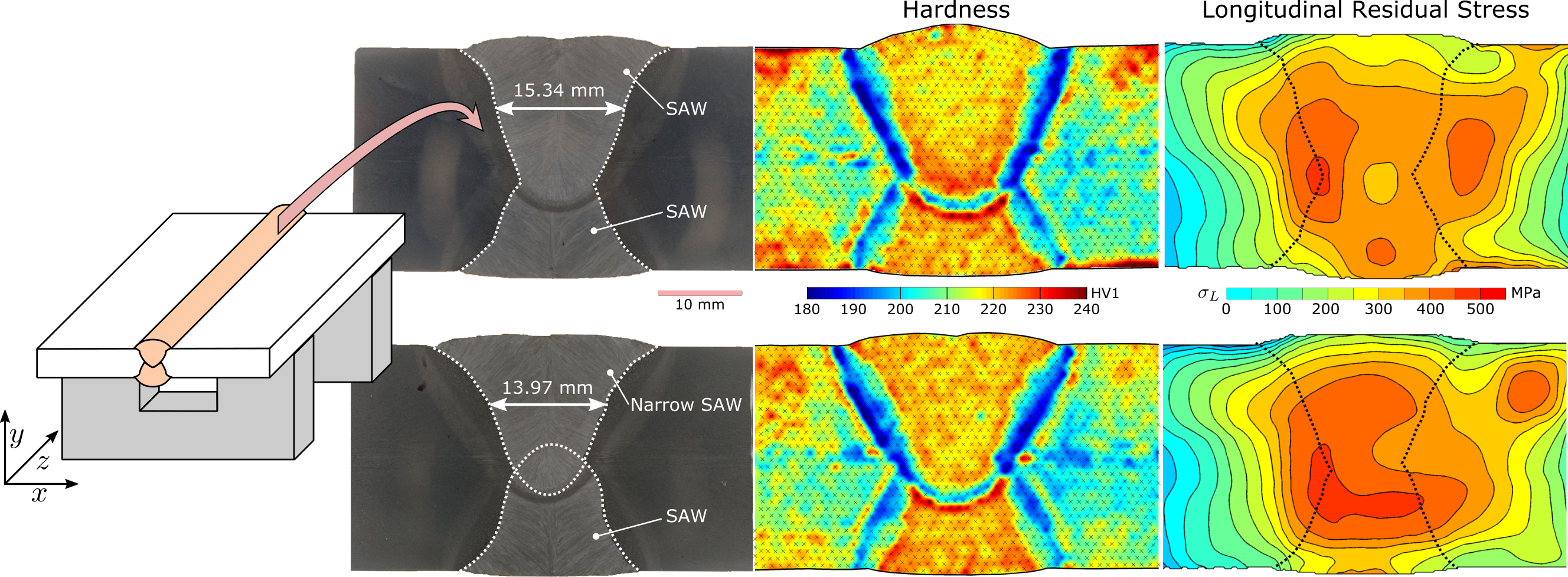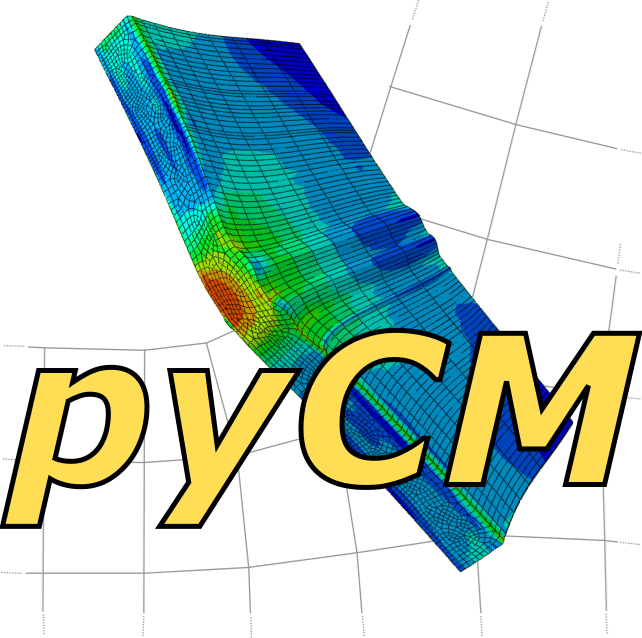Welcome
The Contour Method is a destructive mechanical relaxation technique for determining residual stress in various types of components. It has primarily been used to study the effect of material processing parameters on residual stresses which are imparted to the component prior to being placed in service.
Current projects
The New Nuclear Manufacturing (NNUMAN) programme is currently making extensive use of the Contour Method to determine how residual stresses develop in thick-section ferritic steel plates.
Some other ongoing projects investigating the effects of materials processing parameters on residual stresses include:
- Friction stir processing of 7xxx alloys
- Wire + Arc Additive Manufacturing (WAAM) of titanium components
- Effect of processing parameters on dissimilar metal welds intended for deep-sea oil & gas applications.
Recent developments
Using a collection of open source tools, a version of the contour method analysis routines is currently being developed to run entirely with Python and up-to-date, freely available libraries such as SciPy, Numpy and VTK. A full alpha version is available, with a post-processor being developed.
This code is called pyCM and is intended to be used in conjunction with existing analysis code. It has been and will continue to be tested for compatibility with MATLAB®. Code and documentation is available through Github.
Highlights:
- Dissimilar high speed submerged arc welds in API X70 steel were performed
- Slightly different distributions of heat affected zones were obtained while the overall heat input was kept constant
- Residual stresses in both the longitudinal and transverse directions relative to welding were ascertained by the contour method and neutron diffraction, with both measurements being largely in agreement.

Dataset:

